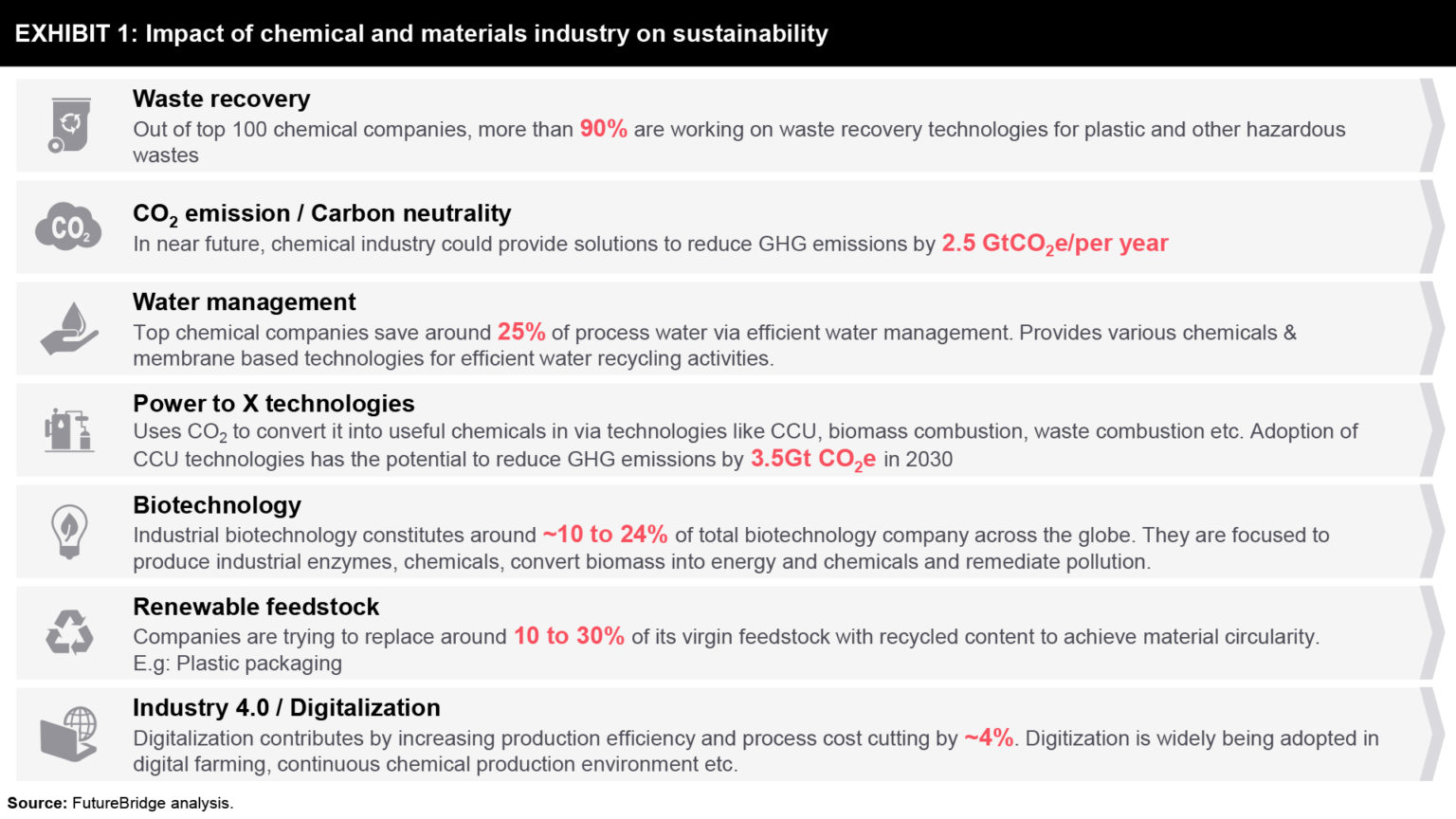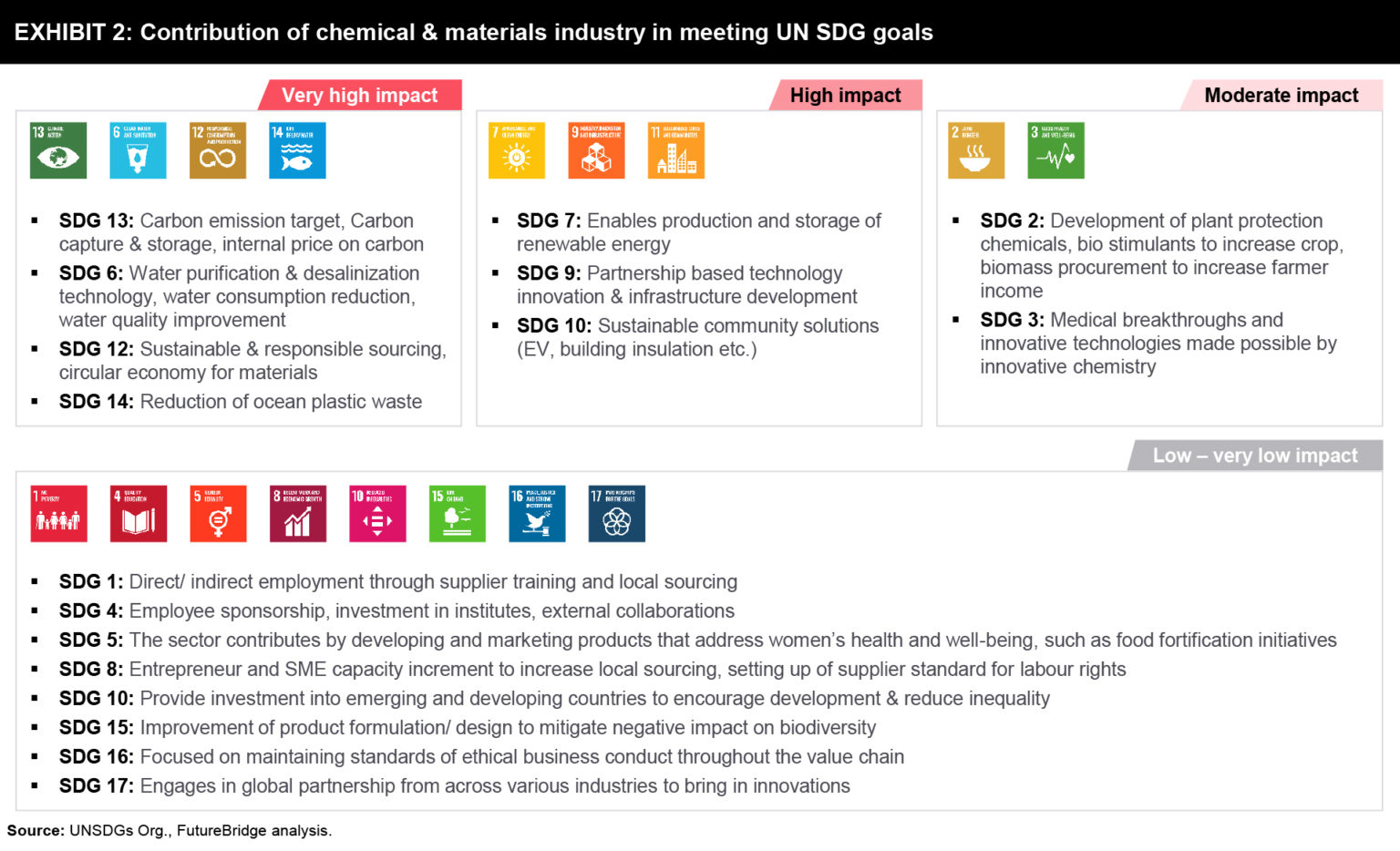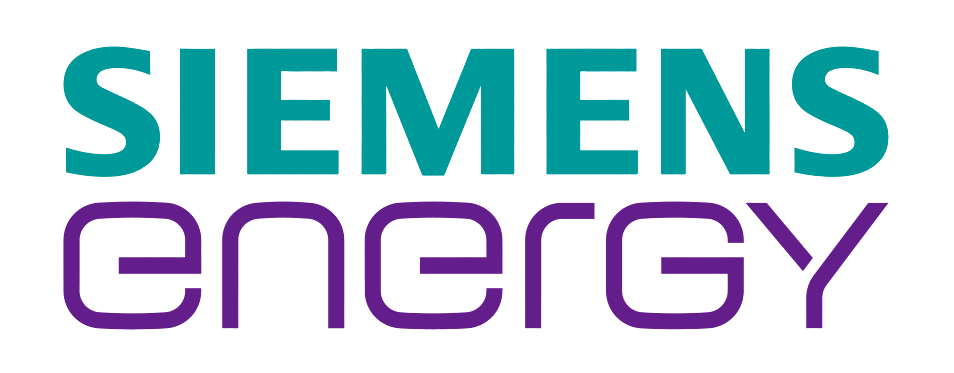Impact of Sustainability on Chemical & Material Industry
Listen to this Article
mins | This voice is AI generated.
mins | This voice is AI generated.
The chemical & material sector is a trillion-dollar global business that employs more than 20 million people across the globe. Major products being used which are directly or indirectly affecting us, are the contribution of the chemical industry. Across various sectors – from health, hygiene, construction, and mobility to agriculture and energy supply, the chemical industry has a crucial role to play as it enables the transformation required. Through the responsible production, use, and management of chemicals, the chemical sector can involve in innovative products and practices that protect the environment, minimize negative impacts, promote social progress and support economic growth.
There are several ways by which the chemical industry can impact the global consumers, other industrial sectors, or the ecology system. New technologies play an important role in order to drive the chemical industry into a more sustainable future. Exhibit 1 depicts a few of the impactful areas where sustainability could be driven by the chemical & material companies.


The majority of chemical companies are trying to adhere to the guidelines provided by the United Nations Department of Economics and Social Affairs, UN SDG (Sustainable Development Goals), which provides a shared blueprint for peace and prosperity for people and the planet. To achieve the goals, the chemical companies are trying to innovate new materials & technologies. There are 17 pillars of sustainability goals as developed by the organization which are mentioned below based on its weightage of impact in the chemicals and material industry. Exhibit 2 gives an overview on the various contribution from chemical industry which has potential to serve these goals
Very high impact goals
High impact Goals
Moderate impact goals


Low and very low impact goals
Low impact goals fall under the categories of no poverty, quality education, gender equality, decent work, and economic growth, reduced inequality, life on land, peace justice, and strong institutions.
As of 2015, about 736 million people still lived on less than US$1.90 a day; many lack food, clean drinking water, and sanitation. There has been an enormous struggle in achieving the target of universal primary education. It’s also proven that empowering women and girls helps economic growth and development. There is slower economic growth, widening inequalities, and not enough jobs to keep up with a growing labor force. As per International Labour Organization, around 204 million people were unemployed in 2015. If we take into account population growth inequality in developing countries, inequality has increased by 11 percent. Every year, 13 million hectares of forests are lost, while the degradation of drylands has led to the desertification of 3.6 billion hectares. Some regions enjoy peace, security, and prosperity, while others fall into seemingly endless cycles of conflict and violence.
To mitigate above mentioned global problems, the chemical industry contributes by providing various solutions as mentioned in Exhibit 2.
Various companies from across the industries such as commodity chemical manufacturers, specialty chemical manufacturers, forestry companies, material companies, mining, and metal companies have been playing active roles in various sustainable aspects such as decarbonization, circularity – where a used material is ensured to be recycled and brought, etc. It is evident that in terms of climate change action, decarbonization, circularity, recycling has gained more importance in recent years which will go on to directly/ indirectly contribute to better and affordable living conditions.
Various methods/ technologies adopted by the top industry players have been mapped in Exhibit 3 gives a high-level overview of the activities.


There is clearly a gap and an opportunity for a harmonized, systematic route to assess the development, manufacture, and use of chemical products. With the growing population, urbanization, the need for sustainable urban solutions, food, and water solution, environmental protection solutions are needed to be taken care of.
The chemicals and material industry has a major role to play in these terms and hence, investments in the sustainability sector would become an integral part of all company practice, currently and in the future.
Chemical companies are undertaking strategic innovations around decarbonization initiatives, energy efficiency, reducing the footprint of their products, and the development of innovative solutions to meet the requirements of downstream customers/brand owners. In addition, chemical companies are working closely with other stakeholders to build resilience and adaptive capacity for the sector and its supply chain in response to the impacts of climate change. The sector also plays a key role in the development of innovative sustainable solutions that will enable other sectors to strengthen their resilience to grapple around sustainability-related topics.
References
Share your focus area or question to engage with our Analysts through the Business Objectives service.
Submit My Business ObjectiveOur long-standing clients include some of the worlds leading brands and forward-thinking corporations.




























